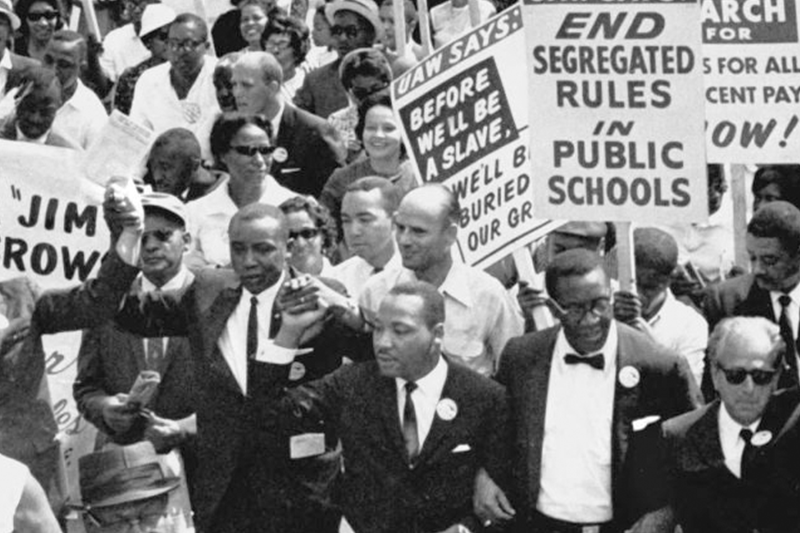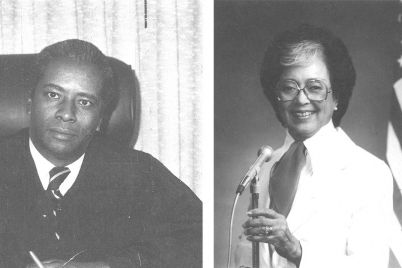By Dr. Ricardo Davis, Contributor
ST. PETERSBURG — The question has been raised before throughout our history and our experiment with societal integration. During the debate on the now infamous Brown decision in 1954, one of the questions raised was whether we should consider separate schools for Blacks and whites, and instead focus on equitable distribution of school resources, to achieve equality (or equity).
Even in Pinellas County’s history, there was some discussion around splitting the School District at Ulmerton Boulevard, creating a north and south district. These ideas were not given considerable merit at the time because of the court’s conclusion that “separate schools were inherently unequal.” a finding that some Black scholars question to this day.
However, it drove the current design, which continues to reflect that Black, Hispanics, and poor whites are not receiving a comparable quality of education when compared to more affluent white students.
In the meantime, we continue to observe the lack of equitable progress in education nationwide, which should not be confused with any declaration that all Black or Hispanic students are failing in our public school system. There are many examples of high-achieving Black and Hispanic students whom we should continue to celebrate and encourage.
The proportion of Black, Hispanic, and poor whites, who are not achieving a comparable quality of education, is, however, unacceptable.
Moreover, the continued and growing wealth gap suggests that the noble aspiration of equality is still elusive for a disproportionately high number of Black and Hispanic families.
So, more than 60 years after Brown vs. Board of Education in Topeka, Kan., and the passage of anti-discriminatory legislation of the 1960s, Black and Hispanic communities have grown further apart in an essential determinant of equality – wealth. Is the wealth disparity an acceptable price for integration, or the ability to sit physically in a classroom with white students?
As a pragmatic notion, 60 plus years of educational history, and 400 years of racial inequality will not be erased or overcome easily. Still, it begs the question, where do we go from here? I would suggest, partly in answering the question, that Black and Hispanics have been paying the price for integration that is too high and not sustainable.
The reality is not particularly newsworthy. In 1965, Congress commissioned the Equality of Educational Opportunity Study, as part of the Civil Rights Act. James S. Coleman, a supporter of the Civil Rights Movement, was selected to do the work.
Later in 1967, Senator Daniel Patrick Moynihan wrote and spoke about the report produced by Coleman. The report concluded that the achievement gap is influenced early in the child’s life by race and socioeconomic background (or poverty.)
Although education is an influential variable correlated to wealth, we are compelled by results thus far, to continue to examine other models to ensure Black and Hispanic students receive a high-quality education. In the words of Malcolm, “by any means necessary.”
This could mean Black and Hispanic communities would take on more responsibility for the education of our children in some form. We cannot afford to be afraid to question outcomes and experiments with educational attainments, while at the same time, demanding more accountability from the public system that is required to provide a high-quality education to all segments of the community.
It is unrealistic to expect a modern-day redistribution of wealth. Nonetheless, initiatives to correct this imbalance must show demonstrable results in improving the poverty index for Blacks, Hispanics, and poor whites.
Otherwise, we will continue to revisit this racial inequity throughout our history, with unpredictable consequences. And, if it took another 400 years for Black and Hispanic families to achieve parity with white families, would that be an acceptable time frame?

Dr. Ricardo Davis
Dr. Davis is a business executive and entrepreneur with extensive background and expertise in business strategy and management in operations, human resources, risk management, finance, facilities, and real estate. He currently serves as the Head Start/Early Head Start Director for Bay Area Head Start/Early Head Start programs with Lutheran Services, Inc.








